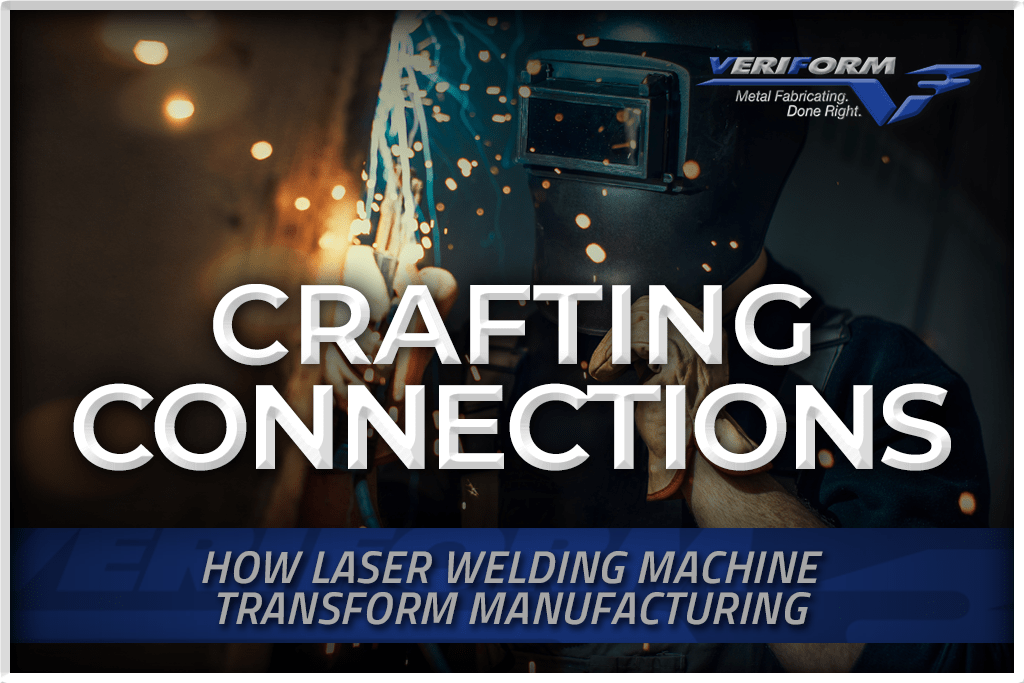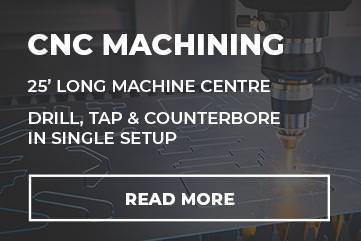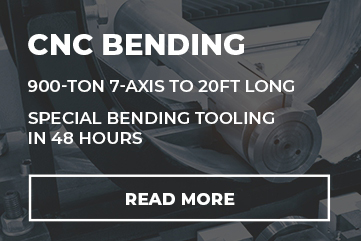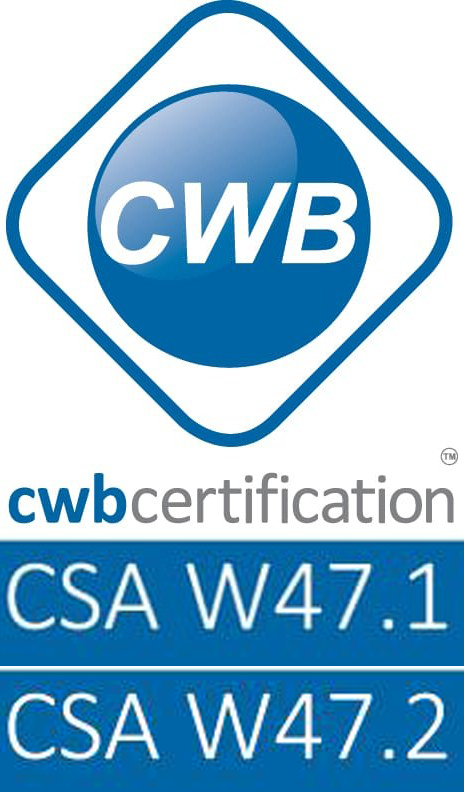News
Crafting Connections: How Laser Welding Machines Transform Manufacturing

In modern manufacturing, laser welding machines have emerged as a game-changer, revolutionizing how we approach precision, speed, and efficiency. These cutting-edge machines harness the power of highly focused laser beams to fuse materials with unparalleled accuracy and strength. As we delve into the world of laser welding, we’ll uncover the remarkable capabilities of these machines and their profound impact on various industries, from automotive to aerospace and beyond.
Laser Welding: Forging the Future of Manufacturing
The manufacturing world is transforming, driven by the precision and power of laser technology. Enter laser welding machines – these innovative tools are revolutionizing how we join materials, creating more robust, cleaner, and efficient connections.
The Power of Precision: Laser Welding Unveiled
At the heart of a laser welding machine lies a concentrated beam of light that generates intense heat and energy. This laser beam is directed with pinpoint accuracy onto the materials to be joined, melting and fusing them with extraordinary precision. Laser welding offers unmatched control, unlike traditional methods, allowing for intricate and complex welds with minimal distortion or heat-affected zones. This level of precision is invaluable in applications where dimensional accuracy and structural integrity are paramount, such as in the aerospace and medical device industries.
Speed and Efficiency: Streamlining Production Processes
One of the most significant advantages of laser welding machines is their remarkable speed and efficiency. These machines can rapidly fuse materials with minimal setup time, enabling faster production cycles and increased throughput. The high energy density of the laser beam allows for rapid heating and cooling, reducing the risk of warping or distortion in the welded components. This streamlined process enhances productivity and reduces material waste, contributing to cost-effective and sustainable manufacturing practices.
Versatility Unleashed: Diverse Material Compatibility
Laser welding machines boast an impressive range of material compatibility, making them versatile tools for various applications. From delicate metals like aluminum and stainless steel to advanced materials like titanium and nickel-based alloys, these machines can seamlessly fuse various materials with exceptional strength and reliability. This versatility opens up new possibilities for manufacturers, enabling them to explore innovative designs and material combinations that were once deemed challenging or impractical using traditional welding techniques.
Automation and Integration: Enhancing Productivity
Laser welding machines seamlessly integrate into automated manufacturing systems, enhancing productivity and efficiency. By combining these machines with robotic arms and computer-controlled positioning systems, manufacturers can achieve consistent and repeatable welds with minimal human intervention. This level of automation reduces labour costs and minimizes the risk of human error, ensuring consistent quality and reliability across large-scale production runs.
Advanced Applications: Pushing the Boundaries
The capabilities of laser welding machines extend far beyond conventional applications. These machines produce lightweight yet robust vehicle structures in the automotive industry, contributing to improved fuel efficiency and reduced emissions. In the medical field, laser welding plays a crucial role in manufacturing implants and surgical instruments, ensuring biocompatibility and precise tolerances. Furthermore, emerging technologies like additive manufacturing (3D printing) increasingly rely on laser welding for intricate and complex part fabrication, opening new frontiers in design and innovation.
Conclusion
As we navigate the ever-changing landscape of modern manufacturing, laser welding machines are a testament to the power of innovation and technological advancement. These remarkable machines have revolutionized how we approach precision, speed, and efficiency, enabling manufacturers to craft connections that transcend traditional boundaries. Whether you’re in the automotive, aerospace, medical, or any other industry, embracing the capabilities of laser welding machines can unlock a world of possibilities, driving innovation, enhancing productivity, and shaping the future of manufacturing.
FAQs
What are the main advantages of using a laser welding machine?
The main advantages of laser welding machines include exceptional precision, high speed and efficiency, versatility with various materials, seamless automation integration, and advanced applications across diverse industries.
How does welding work?
A laser welding machine generates a highly concentrated beam of light that produces intense heat and energy. This laser beam is directed onto the materials to be joined, melting and fusing them with pinpoint accuracy.
What materials can be welded using a laser welding machine?
Laser welding machines are compatible with a wide range of materials, including metals like aluminum, stainless steel, titanium, and nickel-based alloys and advanced materials used in industries like aerospace and medical devices.
Is laser welding suitable for intricate or complex designs?
Laser welding is particularly well-suited for intricate and complex designs due to its exceptional precision and minimal heat-affected zones. This enables manufacturers to create intricate welds and explore innovative designs that would be challenging with traditional welding methods.
How does laser welding contribute to cost-effective manufacturing?
Laser welding machines offer high speed and efficiency, reducing production cycle times and material waste. Additionally, their compatibility with automation and robotic integration further enhances productivity and minimizes labour costs.
Can laser welding machines be integrated into automated manufacturing systems?
Laser welding machines are designed to integrate seamlessly with automated manufacturing systems, robotic arms, and computer-controlled positioning systems. This allows for consistent and repeatable welds with minimal human intervention, improving productivity and quality control.








